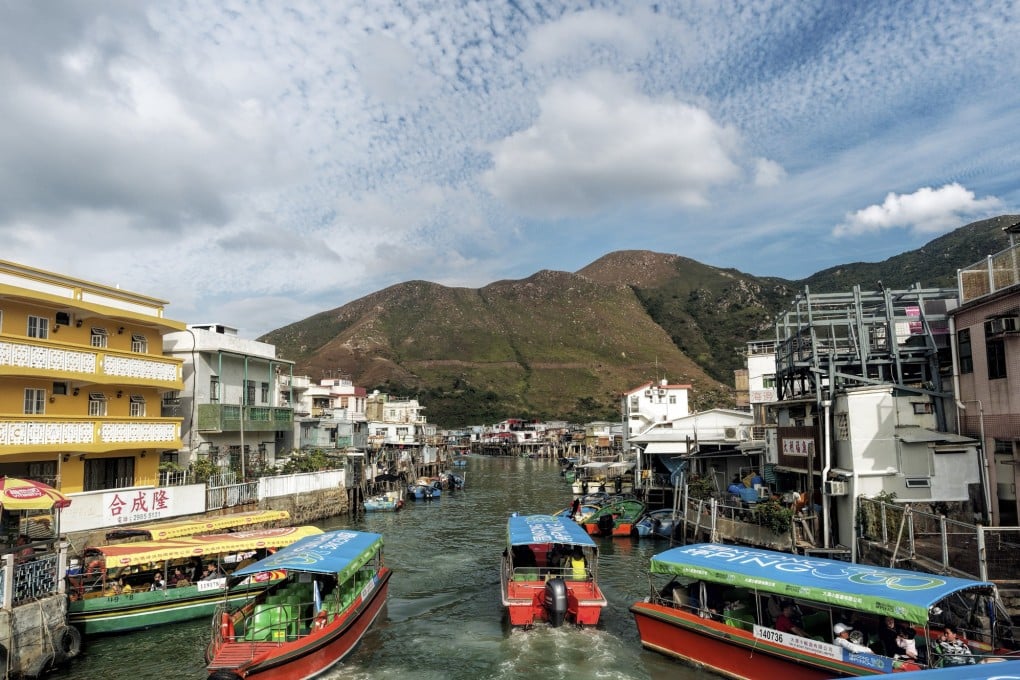A tranquil haven in a world gone mad: Hong Kong villages on Lantau Island’s western tip, Yi O and Tai O, worth a visit now more than ever
- Rice paddies carved from wasteland in abandoned village of Yi O a bucolic retreat – and easily reached from Tai O, fishing village known for its stilt homes
- In Tai O, take an easy walk uphill for great views, or turn it into a longer hike; for refreshment afterwards, try heritage hotel or riverside cafes

Less than a year ago, a visit to Tai O, a village on the western tip of Hong Kong’s Lantau Island known for its houses on stilts, would have meant jostling with crowds in the narrow streets and joining long queues for a bus back towards the urban areas.
Today the throngs of tourists have gone, and Tai O has become an attractive option for families and individuals seeking fresh air and relief from the cabin fever brought on by the coronavirus outbreak, with so many events cancelled and leisure facilities closed.
The Tanka were an indigenous people of southern China who, according to Landscapes Lost and Found by Ken Nicolson, lived on boats until some time after the late 17th century, when they were allowed to settle on land and began building homes on platforms atop granite pillars rammed into riverbed.

One of the best places from which to see the stilt houses is a footbridge over a creek near the Tai O bus terminus. To reach it, head towards the mouth of the creek, walk along a narrow alley past stalls selling tourist souvenirs and squid- and fishballs, and take the obvious left turn.
